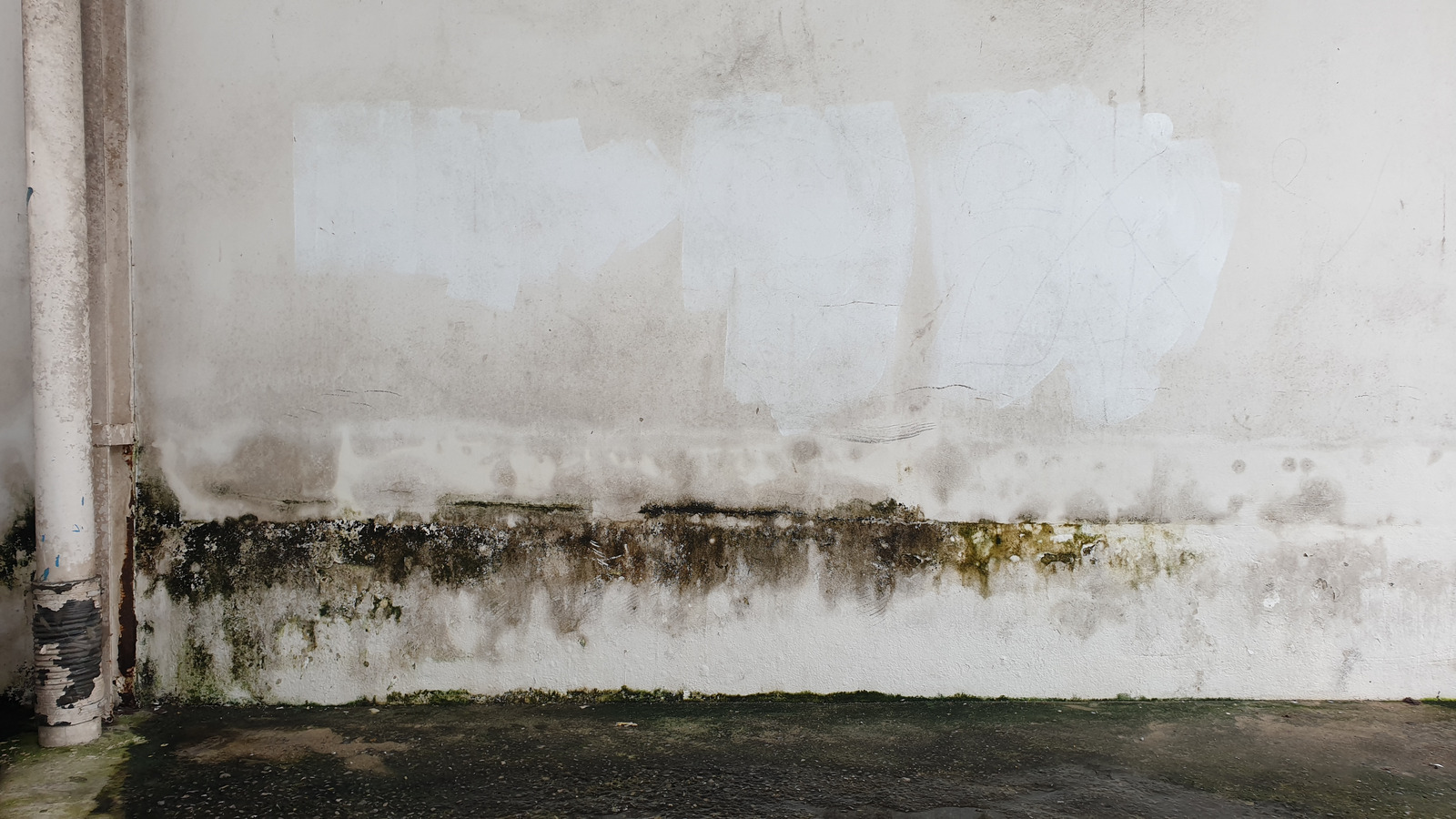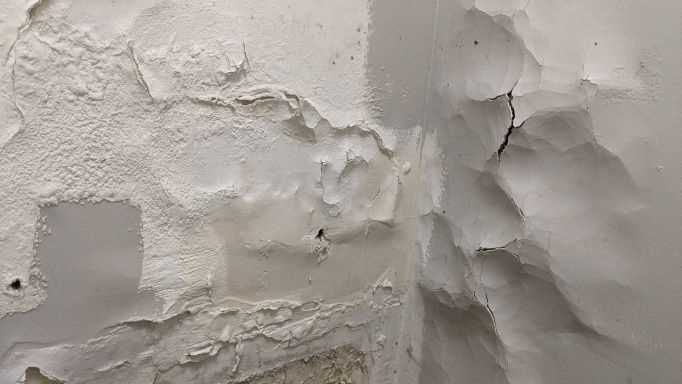Water Stains on Wall Surfaces: Assessing and Fixing Steps
Water Stains on Wall Surfaces: Assessing and Fixing Steps
Blog Article
We've stumbled on this great article pertaining to How to Find and Repair Water Leaking in the Wall down the page on the net and believe it made good sense to relate it with you on this site.

Water stains on wall surfaces are not positive to the eyes. Often it seems almost unpreventable to experience water spots on walls in residences.
Home owners staying in damp regions constantly deal with the anxiety of water spots on wall surfaces. That doesn't have to be the case for you. With all-round as well as accurate information on the root causes of water stains and punctual fixing processes, you will constantly be an action ahead of such occurrences. So, this write-up promises to be a handy guide for you.
3 Common Causes of Water Stains on Walls
Contrary to common belief, water stains on walls do not constantly stem from poor building materials. There are a number of root causes of water stains on walls. These consist of:
Poor Water drainage
This will protect against water from permeating right into the wall surfaces. This web links to too much moisture that you observe on the walls of your building.
So, the leading reason for wet wall surfaces, in this situation, can be an inadequate water drainage system. It can also result from inadequate administration of sewage pipelines that go through the building.
Wet
When warm damp air consults with completely dry cold air, it creates water droplets to form on the walls of structures. This takes place in restrooms and also kitchen areas when there is vapor from cooking or showers. The water droplets can discolor the surrounding walls in these parts of your residence and spread to various other locations.
Wet or condensation impacts the roofing and walls of structures. When the wall surface is wet, it produces an appropriate atmosphere for the growth of germs and also fungi.
Pipe Leaks
The majority of homes have a network of pipes within the wall surfaces. This guarantees that the pipelines are faraway from the reach of destructive rodents. It always boosts the feasibility of such pipelines, as there is little oxygen within the wall surfaces. This inhibits corrosion.
A drawback to this is that water leak impacts the wall surfaces of the structure as well as creates prevalent damages. A dead giveaway of faulty pipelines is the look of a water tarnish on the wall surface.
Water Spots on Wall: Repair Tips
When dealing with water stains, property owners would normally desire a quick repair. Yet, they would certainly quickly recognize this is detrimental as the water discolorations recur. Here are a few helpful tips that will certainly assist you in the repair service of water spots on walls:
Pro Idea
A houseplant in your house additionally boosts its humidity. If the home is already damp, you may want to introduce houseplants with very little transpiration. An example of appropriate houseplants is succulents.
Final thought
Although nobody wishes to have water spots on walls in their home, it can happen to the best people. This article offers you take advantage of, as you now recognize exactly how to manage this incident if it does occur.
It is constantly best to recruit specialist services to aid fix the problems in your home.
Sometimes it seems practically inescapable to experience water spots on walls in homes.
Contrary to preferred idea, water spots on walls do not always stem from inadequate structure materials. There are several reasons of water spots on walls. The water beads can discolor the bordering walls in these parts of your residence and spread to other locations.
Below are a couple of handy pointers that will certainly assist you in the fixing of water discolorations on walls:
How to Remove Water Stains From Your Walls Without Repainting
The easy way to get water stains off walls
Water stains aren’t going to appear on tile; they need a more absorbent surface, which is why they show up on bare walls. Since your walls are probably painted, this presents a problem: How can you wash a wall without damaging it and risk needing to repait the entire room?
According to Igloo Surfaces, you should start gently and only increase the intensity of your cleaning methods if basic remedies don’t get the job done. Start with a simple solution of dish soap and warm water, at a ratio of about one to two. Use a cloth dipped in the mixture to apply the soapy water to your stain. Gently rub it in from the top down, then rinse with plain water and dry thoroughly with a hair dryer on a cool setting.
If that doesn’t work, fill a spray bottle with a mixture of vinegar, lemon juice, and baking soda. Shake it up and spray it on the stain. Leave it for about an hour, then use a damp cloth to rub it away. You may have to repeat this process a few times to get the stain all the way out, so do this when you have time for multiple hour-long soaking intervals.
How to get water stains out of wood
Maybe you have wood paneling or cabinets that are looking grody from water stains too, whether in your kitchen or bathroom. Per Better Homes and Gardens, you have a few options for removing water marks on your wooden surfaces.
You can let mayonnaise sit on your stain overnight, then wipe it away in the morning and polish your wood afterward. You can also mix equal parts vinegar and olive oil and apply to the stain with a cloth, wiping in the direction of the grain until the stain disappears. Afterward, wipe the surface down with a clean, dry cloth. Try placing an iron on a low heat setting over a cloth on top of the stain. Press it down for a few seconds and remove it to see if the stain is letting up, then try again until you’re satisfied. (Be advised that this works best for still-damp stains.) https://lifehacker.com/how-to-remove-water-stains-from-your-walls-without-repa-1849742925

We are very fascinated with Indicators of Water Damage Behind Walls and I'm hoping you enjoyed reading the page. Sharing is nice. Helping people is fun. Thank you for your time spent reading it.
Best decision? Call us. Report this page